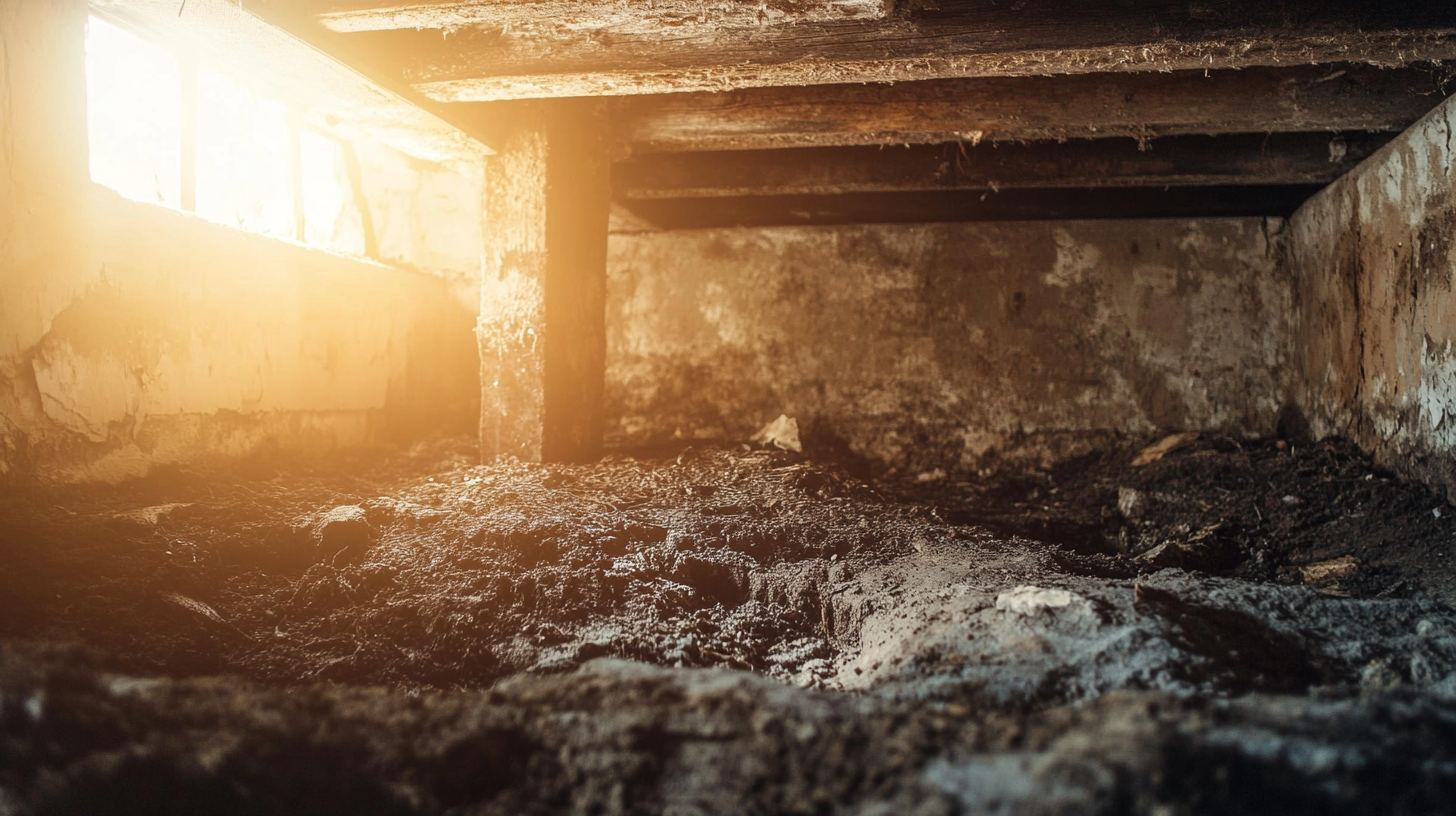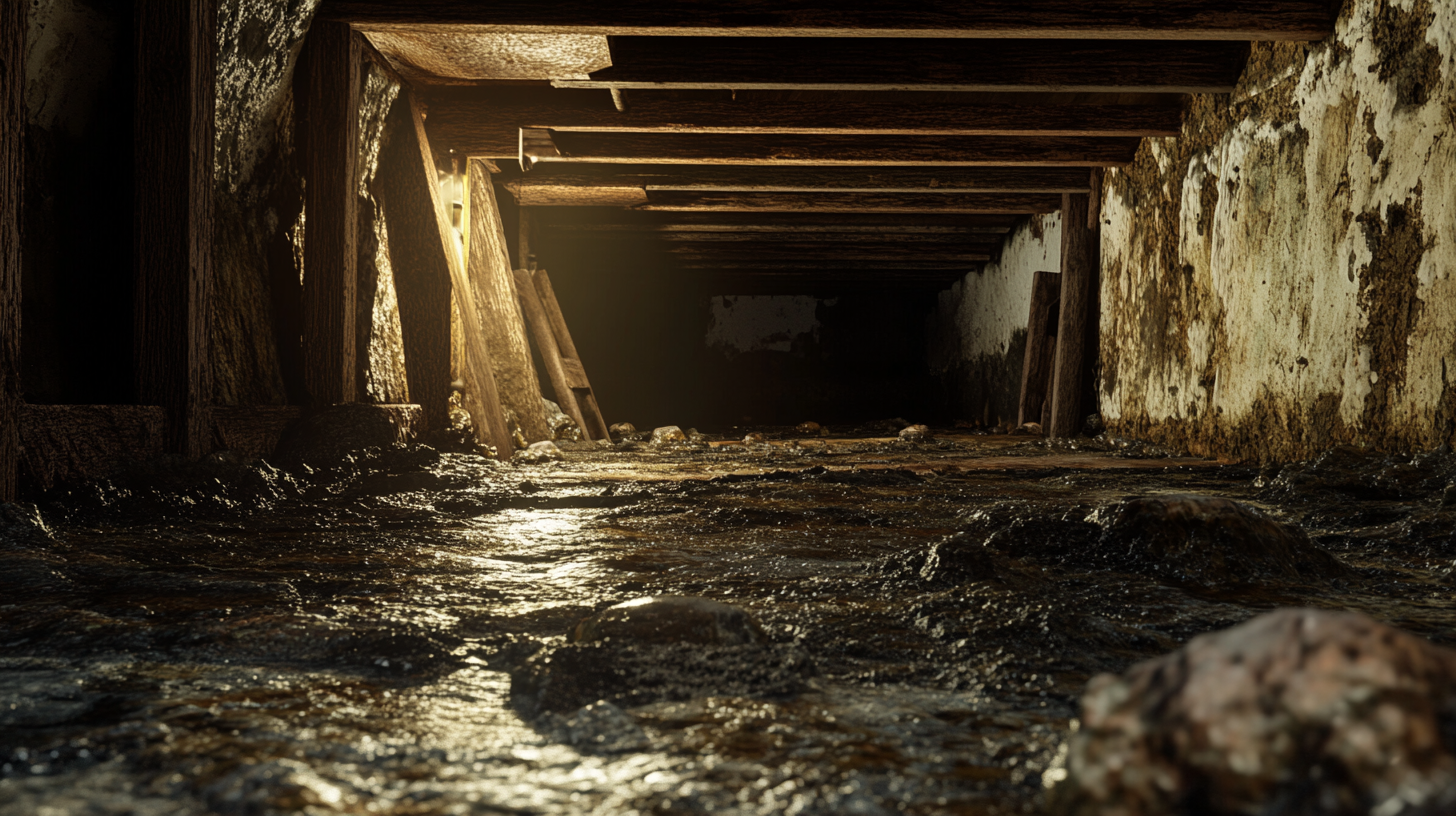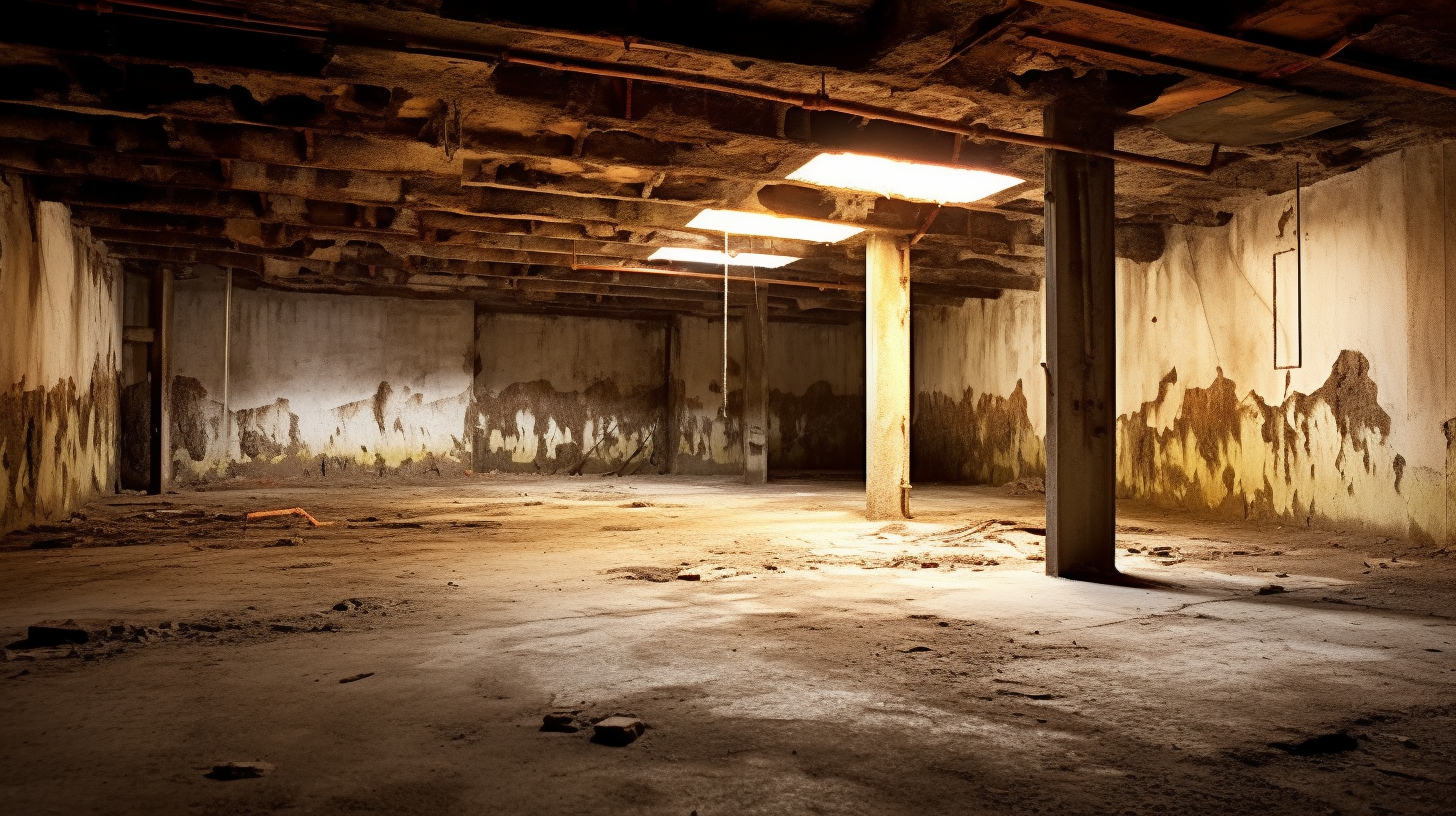Now IS THe Time To...

Crawl Space Services In Knoxville, TN
Stetson Howard: 865-432-6743
CRAWL SPACE ENCAPSULATION, REPAIR, WATERPROOFING & MOLD REMOVAL
No-Obligation, Free Inspections
No-Obligation Free Estimates
We Warranty All of Our Work
100% Satisfaction Guaranteed
Welcome to our latest blog post, where we explore alternative methods for removing water from crawl spaces without relying on a sump pump. While sump pumps are commonly used for water removal, certain situations may call for different approaches. In this guide, we'll delve into effective techniques and strategies that allow you to eliminate water from your crawl space, ensuring a dry and protected environment for your home.
Natural Drainage Techniques for Removing Water from Crawl Spaces
When it comes to water removal from crawl spaces, natural drainage techniques offer an eco-friendly and effective solution. One approach involves leveraging the natural slope of your property by creating a trench or swale that guides water away from the crawl space. This redirects surface water runoff, preventing it from accumulating around the foundation and seeping into the crawl space.
Another method involves
installing French drains, which consist of perforated pipes placed in gravel-filled trenches. These drains collect and redirect water away from the crawl space, preventing it from infiltrating the area. Utilizing gravity, French drains efficiently channel water to lower-lying areas where it can safely disperse without posing a threat to your crawl space. By embracing these natural drainage techniques, you can effectively manage water removal without the need for a sump pump, fostering a dry and secure environment beneath your home.
Utilizing Dehumidifiers and Fans to Dry Out a Wet Crawl Space
In situations where water has infiltrated your crawl space, employing dehumidifiers and fans can be a powerful combination to expedite the drying process. Dehumidifiers work by extracting excess moisture from the air, reducing humidity levels and preventing mold growth. Placing one or more dehumidifiers strategically within the crawl space can accelerate the evaporation of water and contribute to a drier environment.
In tandem with dehumidifiers, fans play a pivotal role in enhancing air circulation. By circulating air throughout the crawl space, fans expedite the evaporation of residual moisture from surfaces and materials. Positioning fans at opposite ends of the crawl space creates cross-ventilation, ensuring that humid air is constantly replaced with drier air. This concerted approach of utilizing dehumidifiers to extract moisture and fans to promote air movement can effectively mitigate dampness and accelerate the drying process in your wet crawl space, ultimately preventing mold growth and structural damage.
Preventing Future Water Accumulation in Crawl Spaces Through Sealing
Preventing future water accumulation in crawl spaces involves implementing a sealing strategy to fortify your home's defenses against moisture infiltration. Start by inspecting and sealing any visible cracks or gaps in the crawl space foundation, walls, and vents. Applying a waterproof sealant or epoxy can effectively block potential entry points for water, ensuring a more secure crawl space environment.
Furthermore, consider encapsulation as a comprehensive sealing solution. Crawl space encapsulation involves covering the walls and floor with a moisture-resistant barrier, effectively isolating the crawl space from the external environment. This method prevents water vapor from permeating the crawl space and keeps it dry and protected. By embracing these sealing techniques, you create a robust barrier against future water accumulation, safeguarding your crawl space and contributing to a healthier and more resilient living environment.
FAQs
Recent Blog Posts
Crawl Space News







